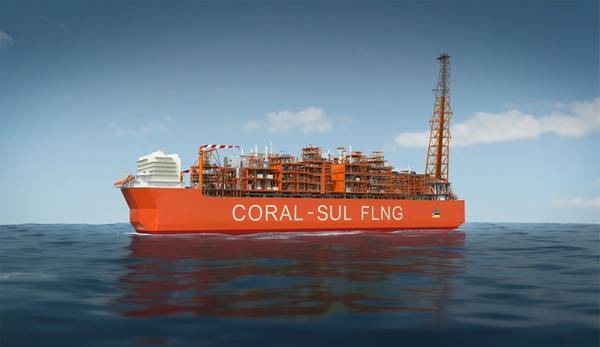EACOP A Big Test and Opportunity for Regional Logistics Players
The East Africa Crude Oil pipeline to be constructed between Hoima Uganda and Tanga in Tanzania a distance spanning 1445 kilometers is expected to have a flow rate of 216kbpd and will need over 500,000 tonnes of imported equipment to complete.
This infrastructure is expected to provide a huge opportunity for players in the logistics industry namely trucks, rail, aeroplanes and ships but might also pose a challenge for the existing receiving and transportation networks.
According to Gulf Interstate Engineering the firm in charge of the 2015 Conceptual Engineering Study, the 2016 Feasibility Engineering Study that concluded with the selection of the Uganda concluded with the selection of the Uganda -Tanzania EACOP Tanzania EACOP Pipeline Route and the just concluded Front-End Engineering Design thereafter.
Among inventory that need to be transported to the pipeline route include insulated line pipes,1KM spools of 33 kVA Cabling, 8KMspools of Fiber Optic Cabling, 1KM spools of Heat Tracing Cables, crude oil pumps, power generator units, mechanical and electrical engineered equipment, pre-fabricated Electrical Heat Trace Substation Modules among others.
In total it is expected that 2717 tractor and trailer loads will be carried over 14 months on a rate of 12 joints bare pipe per truck resulting to 194 truckloads per month or 6 joints insulated pipe per truck resulting to 398 51 truckloads per month. In total 32587 joints will be needed for the Kabaale to Uganda Border Pipeline Segment including the Tilenga to Kabaale Feeder Pipeline all estimated to weigh 59928 tons.

Gulf further estimates that transport of 391 (1KM) spools of 33 kVA Cabling, 391 (8KM) spools of Fiber Optic Cabling and Transport of 1,173 (1KM) spools of Heat Tracing Cables. At a rate of 2 spools per truckload an approximate 980 truck trips as well as additional return trips with Empty spools which must be returned after cable installed. In total both the Tilenga to Kabaale Feeder Pipeline and the Uganda Border Pipeline Segment it is estimated will require 326km of 33 kV HV Power Cabling to Heat Trace power input. Other transport needs include that of 5 pre-fabricated Electrical Heat Trace Substation Modules (5m x 3m).
For some of the heavy equipment it is expected will require multiple axle trailers for transport including three (3) Power Generation Units with each weighing 52MTN each as well as mechanical and electrical engineered equipment weighing an estimated 733MT. Other equipment include: One direct fired heater and 2 heat exchangers per Pump Station.
Gulf has identified the standard 12m container as the required for the exercise as well as the various spools highlighted earlier. Each pump station will require at least 150 standard containers for pre-engineered material/equipment which when emptied must be returned to point of call.
The opportunity created by this logistics exercise provides a chance for national and local content to be exhibited through jobs and provision of required transport equipment. For other institutions such as banks this transportation provides opportunities such as lease financing and LPO financing to support those who land such contracts with the need to expand fleets and maintain the same.











